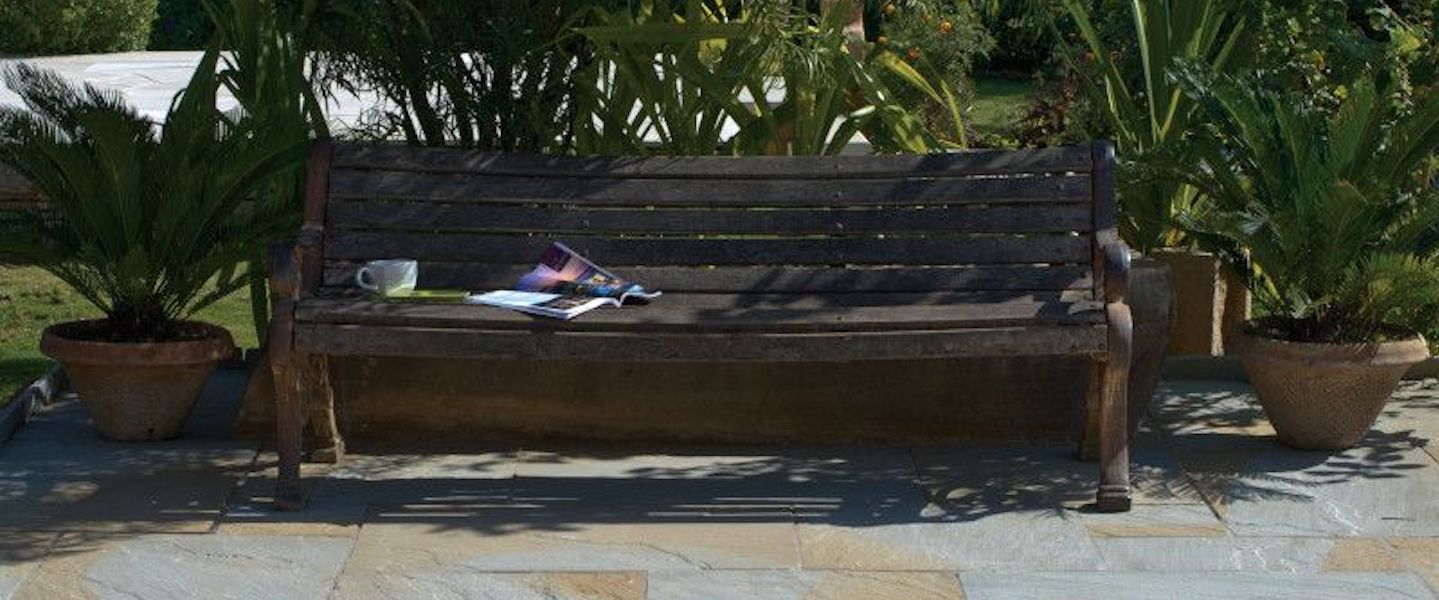Share
18 April 2022
Top 5 Garden Design Tips
Planning your own garden can be challenging, but enormously rewarding. Whether you have recently moved to a new home or are refreshing your existing garden, here are some useful garden design tips for creating your dream garden.
1. Take the long view
Try and view your garden as a whole, but with different interlocking spaces. It takes time to develop, so plan big and start small, take the long view. Sketch a rough outline on paper and start filling in the areas with what you want to achieve and where would be best suited to it in the garden.
2. Big or Small
Your actual garden design will depend very much on the size of your garden space. The size, structure and scale need to be considered at the planning stage. Take time to measure out each area, paying attention to the areas where you will be socialising and spending the most time in. Lastly, be bold, just because you have a small garden does not mean you could not lay a large circular patio for entertaining!
3. Budget
Consider your financial budget and the amount of DIY time available. Giving realistic expectations and helping to ensure you don't overspend. If you can afford to employ experts to help you, then great, but if not, don't despair, it's amazing what you can achieve doing it yourself. Your plans do not need to be limited by your budget, it just may take a little more time and a lot more of your own effort.
4. Style
Consider the overall style of your garden and ensure it is in keeping with your house ( unless of course you want to mix it up a bit!). Define your priorities, dependent upon your primary uses and needs. For example, if your main priority is to create a space in which to entertain family and friends your design will be very different from a peaceful, low maintenance garden. Consider style themes to run through your design, connecting the individual spaces. Formal garden design versus cottage garden.
5. All year round
Remember your garden is to be enjoyed all year round, so plan planting schemes to give you all year round colour and interest. Plan seating areas dependent on the morning and evening sun.

